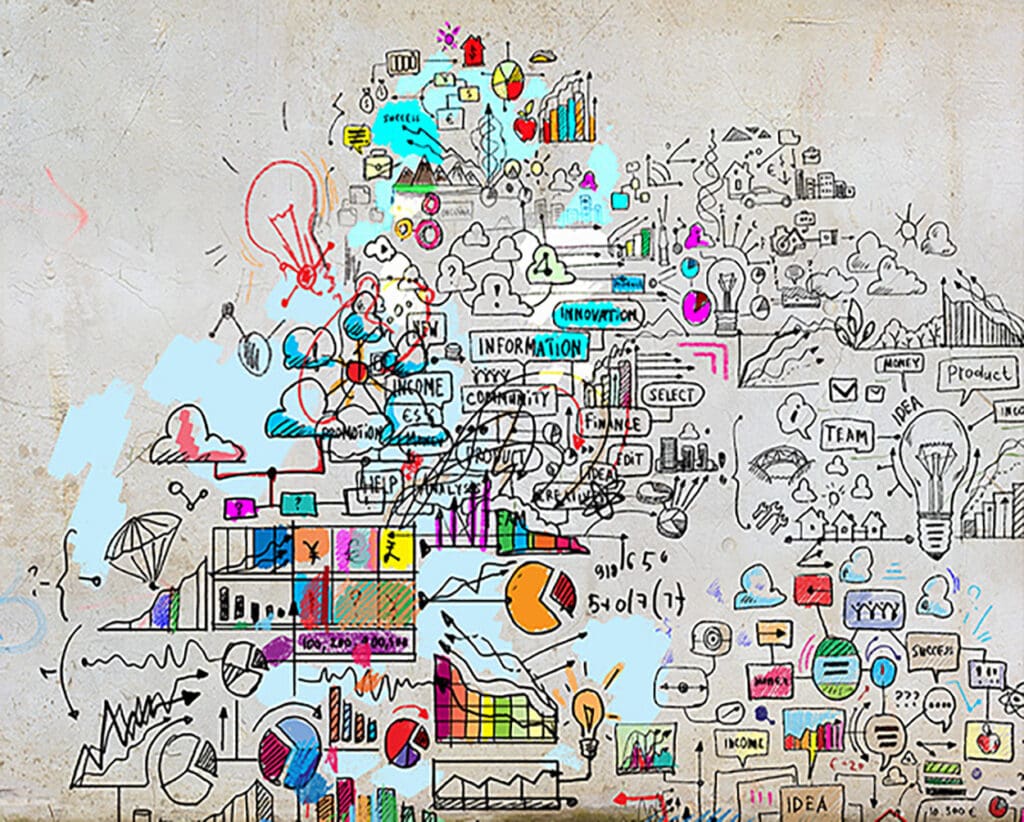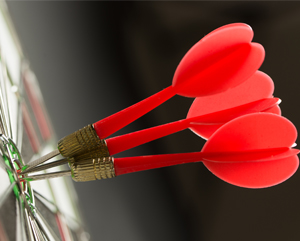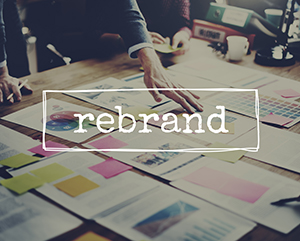An important milestone in advertising diversity
When you think back to your childhood, we bet you owned a Lego figurine or a Barbie doll. Maybe you owned both. These iconic children’s toys have been part of many a household for decades now. But did you ever stop to think about what their representation said about diversity, gender stereotyping or equality of opportunity? Probably not.
But this week these are exactly the debates that have been sparked. We’ve seen the release of the new Barbie doll range and Lego’s wheelchair-using figure. Both toys form part of these brands’ efforts to create a more inclusive and representative marketing strategy.
New toys on the block
The embodiment of all things blonde and pink, Barbie has been a best seller and iconic brand since her launch back in 1959. She allows girls (yes, she is marketed at girls) to create a fictional Barbie world. This world is complete with wardrobe changes, houses and even a picture-perfect boyfriend, Ken. But against the backdrop of falling sales and a backlash against her unattainable body image, change has come. Barbie has this week been thrust into the 21st century as part of a new marketing campaign by Mattel. The company is seeking to revitalise this ailing brand.
According to Marketing Week, Barbie has been given a “real world makeover”, with three new body types and seven new skin tones. These aim to make Barbie “more reflective of the world girls see around them”. Not only is Barbie getting an image overhaul, but new career opportunities too. We expect the launch of ‘game developer Barbie’ and ‘President Barbie’ expected in the coming months. Using the hashtag #thedollevolves, Mattel is seeking to engage with a new generation of young children and their parents. They are moving away from the now old-fashioned stereotype of women that has plagued the brand in recent years.
Likewise Lego has launched its very first accessibility figure. Their release of the wheelchair-using character sparked huge engagement across both social media and traditional platforms. According to a recent article by The Guardian, the unveiling of the toy at Nuremburg toy fair has made huge waves and has been hailed as a ‘seismic shift’ in the industry. The article continues ‘There are 150 million children with disabilities worldwide, yet until now they have scarcely ever seen themselves positively reflected in the media and toys they consume.’ With the release of the toy in June, it is hoped that this reflection of society’s diversity may be the first of many.
The advertising diversity question
But what does all this mean for diversity in advertising? The question of diversity in representation and brand image has been at the heart of many a debate in recent years. Branding giants like Dove are pioneering the way to a more representative, more inclusive image of women in particular. Through their ‘Campaign for Real Beauty’ which has seen videos like ‘Camera Shy’ and ‘Real Beauty Sketches’ go viral on social media, Dove have attempted to challenge the representation of women by some of the biggest beauty industry brands.
But the question of fair and equal representation in marketing campaigns is not just a women’s issue. As the Barbie and Lego examples have highlighted, when it comes to diversity the most important aim is to create a strategy which is inclusive for all members of society. We must challenge the norms that have become engrained in the industry. Debates like those by The Drum last August against the backdrop of the legalisation of gay marriage in the United States are an important way to spark discussion of these topics. They can push brands to go further in their commitment to equal representation.
With research showing that in Britain ‘65% of those surveyed feel British marketing and advertising fails to recognise the full range of lives and experiences of people across the country’ and ‘42% of marketers believe the brands they work for are failing to reflect contemporary society in their marketing and advertising’, advertising has a long way to go to achieve full representation of the diversity of modern day society. If the latest toy releases are anything to go by, at least we’re making a start.




